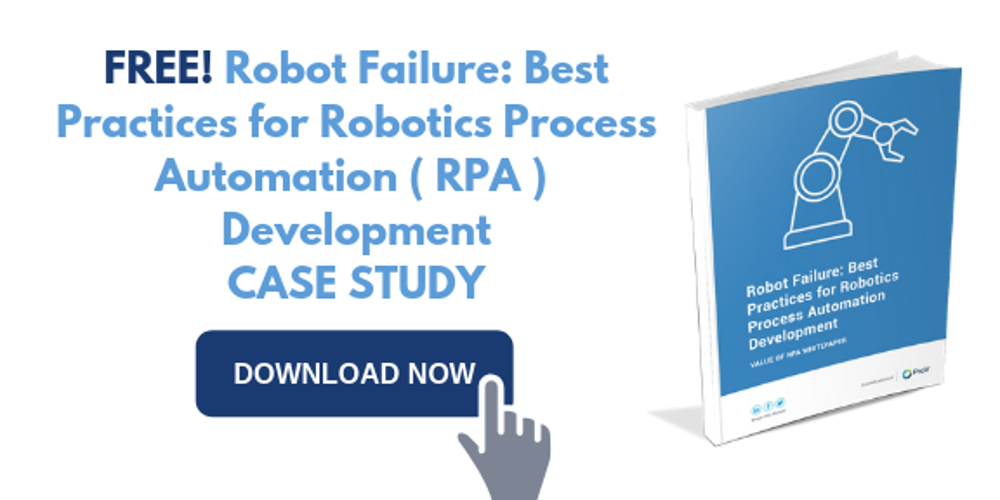In 2019, pretty much every organization is in the race for automation. The benefits of automation are so big and so widespread, that everyone is experimenting on some level with automation right? From what we have often found in our client interactions, the answer is no.
Being a premier Managed Service Provider (MSP) for many clients around the world, we have often noticed that the biggest failure of companies in reaping benefits from automation processes like RPA is that they don’t put enough effort into selecting or understanding the processes they want to automate. Simply jumping on the automation bandwagon is not going to solve your problems.
It can be difficult as a CIO, CFO, or CEO to navigate through the web of vendors promising unrealistic things and a plethora of providers. This is where we try to work with our clients to understand their specific requirements before presenting a solution that’s best suited to their needs. We work to deconstruct specific processes to identify which ones can be automated. This minimizes the risk of failure, collateral damage, and helps maximize their ROI possibilities. Here are 2 tips on how to break down tasks for RPA automation.
Figure out Repetitive work
Robotic Process Automation (RPA), as we know by now, is best at automating repetitive processes. How do you find repetitive work? Repetitive work will often be predictable, regular, and have a pre-defined criterion. On the other hand, variable work will include unpredictable requirements, have no pre-defined decision-making rules. This is why RPA software is so popular in industries like Banking and Insurance, which have tons of repetitive predictive data to go through every day. RPA bots can do these analyses sometimes up to 15 times faster.
With advances in automation moving at a rapid pace, it might not be long before software that can ‘learn’ on its own becomes mainstream. But for now, most RPA deployments suit repetitive work best.
Figure out Independent work
Independent work usually involves tasks that do not require collaboration with other team members. This sort of work usually incorporates completing tasks using defined templates and defined decision-making rules. On the other hand, interactive work usually requires collaboration between team members and constant communication. RPA is better suited to independent work.
Once you’ve differentiated your processes based on the things outlined above, the next step is to ask questions like: Can these processes be automated? Do they need to be grouped? If they are grouped and need to be broken down into individual processes, can that be done with minimal collateral? Do the designated processes to be automated align with your overall business goals?
A successful RPA automation deployment requires you to build a collaborative environment where your existing team members can reap the benefits of RPA. By taking away the mundane repetitive tasks, your teams are better placed to be more productive with their core duties and promote innovative thoughts.
One of the best ways to simplify your RPA deployment is to partner with a service provider like ProV that has successful RPA implementations under its belt. We have the requisite knowledge to get you the most ROI from your software investment based on your specific business case. Ready to learn more? Take our FREE Consultation today!

